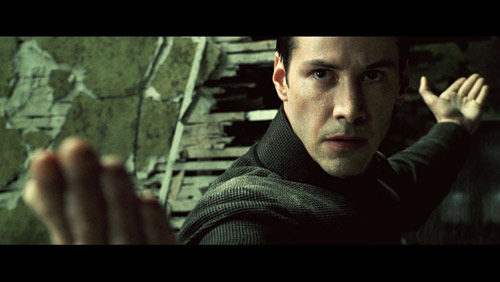The Hero’s Journey
- July 8th, 2010
- Posted in Professional
- Write comment

Just recently, I found my report on the Hero’s Journey that I did for my final project in my Media Studies class back when I was at the Art Institute of Vancouver back in 2004. I still find it very informative, and a good refresher of identifying character development in stories for games, film and other media.
There’s also a neat little story that goes with it.
My instructor at the time was literally stunned to find that one of his students actually spent quality time and effort to properly write up a decent report. He had high hopes for the majority of the class, only to be greatly disappointed. As for me, after the semester was over, he confided in me that he had originally thought of me as a slacker, always sleeping in his class – which is only partly true; I had intended to sleep in his class. The reason is because the class was a four hour, 8:30am morning class on a Saturday, and after I had pulled an all-nighter doing lab work the night before… repeating this almost every single night of every single week of course.
Truth is, I could never sleep through his class. I tried. Even with my eyes closed, sitting in the back of a large dark auditorium, having been awake for maybe 60 of 72 of the previous hours, groggy, nutrition-deprived, sore, and with bags under my eyes, I wasn’t able to do it.
What happened was that my brain would end up focusing on the sound and dialogue of the film, and out of curiousity, I’d end up sneaking peaks at the events on screen, thus creating a memory capture of events of the film. This method is probably also compounded by the fact that I am a strongly auditory, and visual learner.
We never had any assignments, only discussions about the Hero’s Journey and how the different films we watched portrayed it. So at the end of the course, it was a surprise when the instructor announced a final project that was a report to explain the Hero’s Journey, and use examples from the movies we watched to define seven of the 15 phases.
You’d think that it wouldn’t be that difficult, and it shouldn’t be, however, that wasn’t the case for the majority of the students. As for me, it was just another task on top of doing full-time classes, labs and homework, creating a grad portfolio, and working on a UT 2004 Game Mod to be entered into the NVIDIA Make Something UNREAL contest.
Anyways, I’ve posted it below for public viewing. Enjoy!
Or for those that just want to view it in .jpg form:








No comments yet.